 |
|
|
|
Picture Link |
Vernacular/Scientific Name |
Brief Guide |
|
|
|
| |
|
|
Hesperiidae |
The Skippers |
|
|
|
|
| |
|
|
|
Chequered Skipper
Carterocephalus palaemon |
As with all skippers this little chap can move. Perhaps this is the most sought after skipper due to its rarity and wonderfully patterned wings. Extinct in England since 1976 it now lives in stabilised colonies in Scotland where, on sunny days it can be duly enjoyed. |
|
|
|
|
Small Skipper Thymelicus sylvestris |
This diminuituve little creature is a delight to see on a hot summers day as it weaves its way through tall grasses and lofty flowerheads. This isn't the smallest skipper but one of the commonest. An alternative archaic name was 'Streaked Golden Hog' which has an hidden charm of its own. |
|
|
|
|
Essex Skipper Thymelicus lineola |
A small darting butterfly that is typical of this family. Very similar to the Small Skipper the main identification feature are the undersides of the black tipped antennae which are orange in the latter species. This species is found in Southern Britain although the distribution is increasing. |
|
|
|
|
Lulworth Skipper Thymelicus acteon |
One of the smallest skippers and restricted to the south Dorset coast where it thrives in static colonies of good numbers. The size of both sexes, the pale arc on the females forewings and the olive tint to the males are the most obvious ID pointers. |
|
|
|
|
Silver Spotted Skipper Hesperia comma |
An easily identifiable skipper with its white spotted underwings more than obvious at close quarters. This sun-loving beast prefers south facing slopes and lives in secluded colonies that are sometimes high in numbers. The main larval foodplant is Sheeps Fescue. |
|
|
|
|
Large Skipper Ochlodes faunus |
One of out largest golden skippers and another fast flying species. These colourful gems are easily seen patrolling, basking and defending territory and have a prefernce for feeding on bramble and thistle flowers. The main ID feature is the obvious sex brand on the males wings and general size. |
|
|
|
|
Dingy Skipper Erynnis tages |
A terribly named species that is severly understated. The wings are sweetly and subtly patterned giving an almost 'chequered' appearance. This is a low-flying species that can be difficult to track especially on hot sunny days over the baked earth. |
|
|
|
| |
Grizzled Skipper
Pyrgus malvae
|
|
| |
|
|
| |
|
|
Pieridae |
The Whites |
|
|
|
|
| |
|
|
|
Wood White Leptidea sinapsis |
A delightful butterfly that is the daintiest White within the British Isles. Males are often seen patrolling alone along woodland rides on the lookout for a female whom only life 50% as much as the males. Quite a local species there is something fascinating about this delicate beauty. |
|
|
|
|
Clouded Yellow Colias croceus |
Primarily an immigrant to these shores this species can definitely overwinter in southern Britain and so increase the following years populations. Some years there is a 'boom' period where numbers can explode. Unmistakable in flight the rich yellow colour is a key indicator. |
| |
|
|
| |
Brimstone
Gonepteryx rhamni |
|
|
|
|
|
Large White Pieris brassicae |
One of the renowned 'Cabbage Whites' and one of the most common butterflies in the country. A strong flyer, found in a varirty of habitats and a pest to many a gardener. This roaming flyer is a grand insect and should not be disregarded in any way. |
| |
|
|
| |
|
|
|
|
|
|
Small White Pieris rapae |
The other 'Cabbage White' and the more delicate of the two. This wanderer has highs and lows in its populations with some really large populations reached. It has two flight periods from April to August wuith the second brood usually higher in numbers. |
|
|
|
|
Green Veined White Pieris napi |
|
|
|
|
|
Orange Tip Anthocharis cardamines |
|
| |
|
|
|
|
|
Lycaenidae |
The Coppers, Hairstreaks and Blues |
| |
|
|
| |
|
|
| |
Green Hairstreak
Callophrys rubi
|
|
| |
|
|
| |
Brown Hairstreak
Thecla betulae
|
|
| |
|
|
| |
Purple Hairstreak
Neozephyrus quercus
|
|
| |
|
|
| |
White Letter Hairstreak
Satyrium w-album
|
|
|
|
|
| |
Small Copper
Lycaena phlaeas
|
|
| |
|
|
|
Common Blue
Polyommatus icarus |
By far the most common blue throughout Europe and found as far north as Orkney and on most of the Outer Hebrides. Males are highly territorial and can be found in large numbers. The foodplant is comprised mainly of yellow vetches such as Birds Foot Trefoil. |
|
|
|
|
Large Blue Phengaris arion |
Large Blue butterflies have a wingspan of up to 2 inches, and only live for a few weeks. They are part of a successful introduction programme and can be viewed with permission at several sites. The main larval foodplants are wild thyme and marjoram. |
|
|
|
|
Holly Blue
Celastrina argiolus |
The Holly Blue is found mainly in the southern half of the British Isles and is quite common in gardens especially if there is an abundance of ivy or holly. The numbers of this species fluctuate greatly from year to year and in some years can be quite scarce. |
|
|
|
|
Chalkhill Blue
Lysandra coridon |
As its name suggests, the Chalkhill Blue is found on chalk downland, although limestone downland is also used. The adult butterfly is most-often seen in bright sunshine, where the ground may appear to shimmer with the activity of hundreds, if not thousands, of males searching for a mate just a few inches above the ground. |
|
|
|
|
Adonis Blue
Polyommatus bellargus |
The Adonis Blue is a species of chalk downland, where it may be found in warm, sheltered spots. The male Adonis Blue has brilliantly-coloured blue wings that gives this butterfly its name. Once seen this gem of the air is not mistaken and is always a pleasure to behold. |
|
|
|
|
Silver Studded Blue
Plebeius argus |
The Silver-Studded Blue gets its name from the light blue reflective scales found on the underside of most adults and which are quite visible when light reflects off them. As with many other species of blue, the males are blue while the female is a less-conspicuous brown. |
|
|
|
|
Small Blue Cupido minimus |
Our smallest resident butterfly with a wing span that can be a little as 16mm. This early flying Blue is s similar in both sexes the male upperside black with a dusting of blue scales, whereas the female is more dark brown in colour. One of the easily overlooked if due care is not taken. |
.jpg)


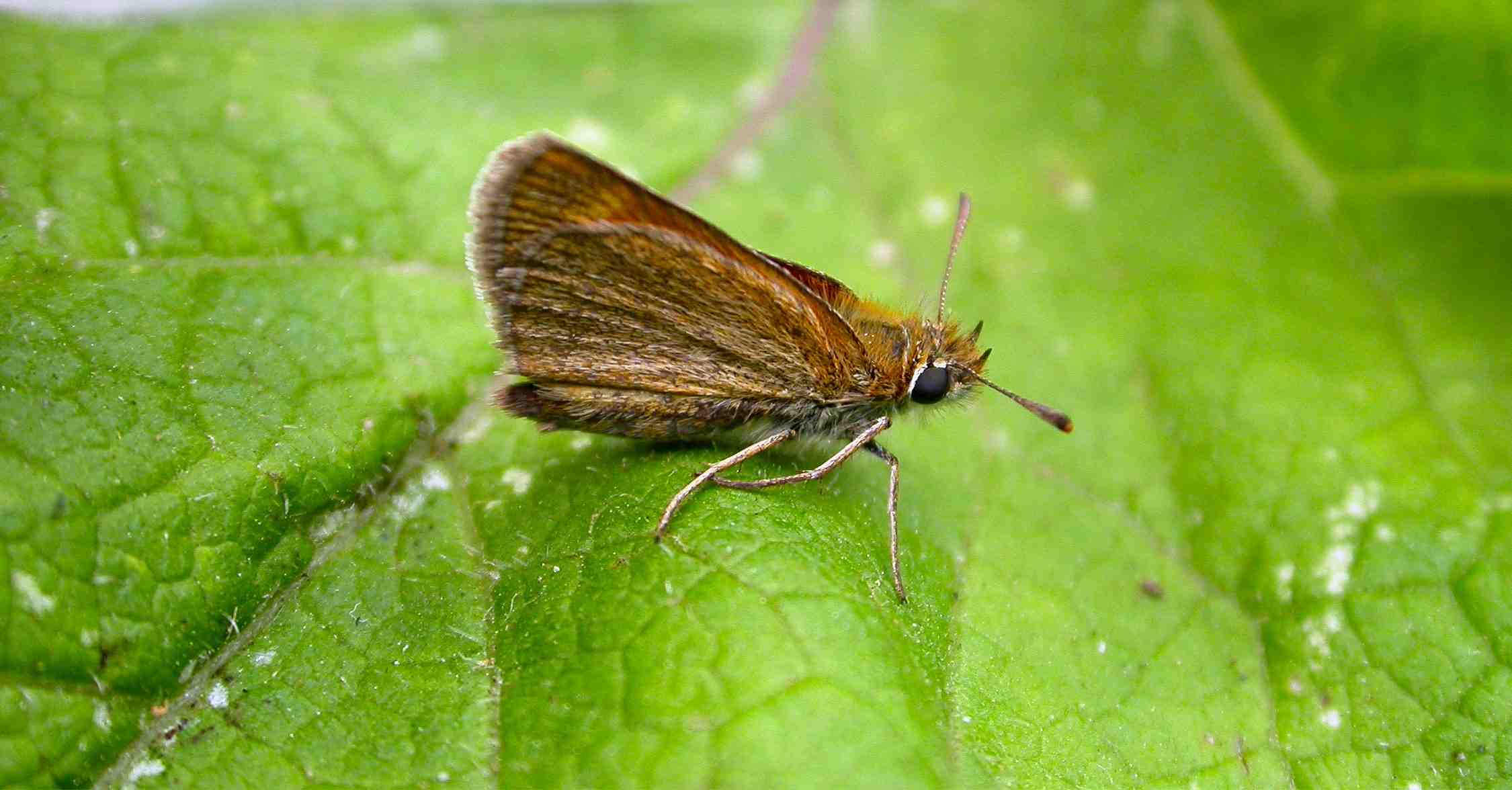


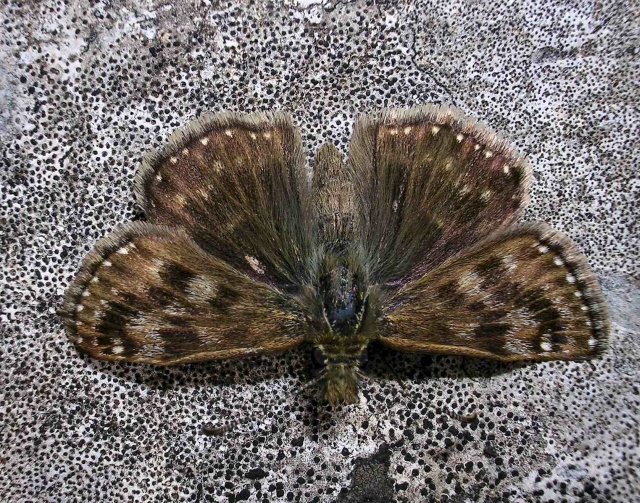
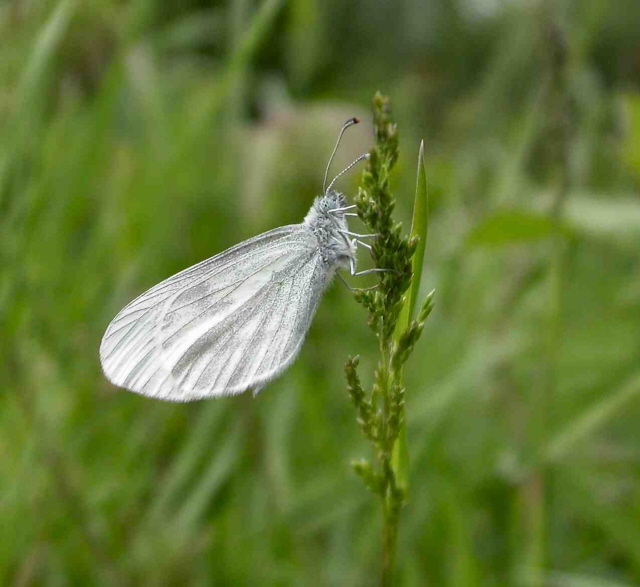
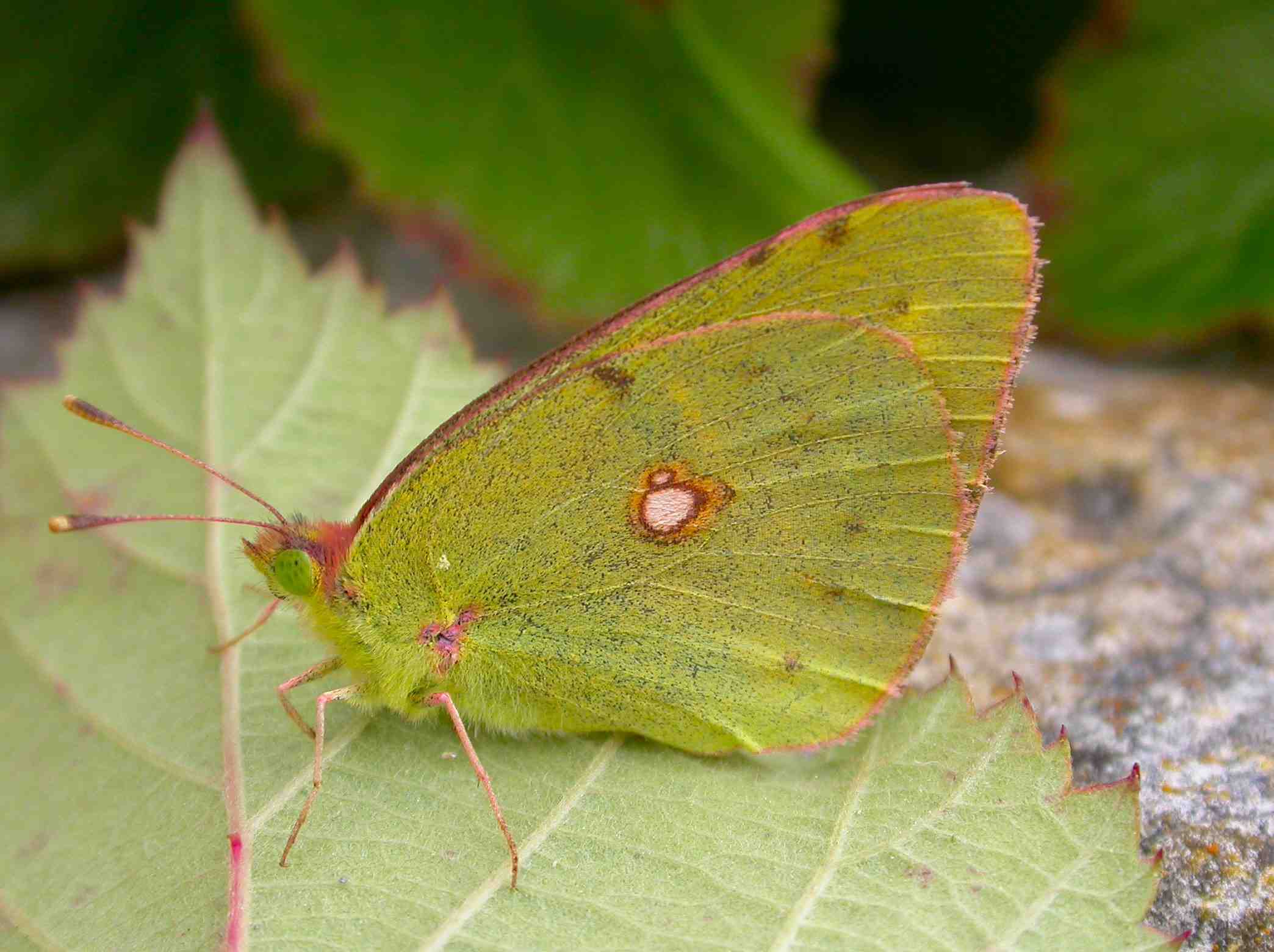
.jpg)
.jpg)
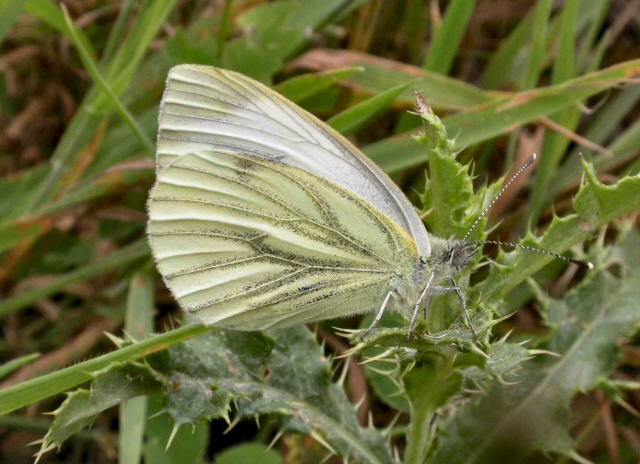
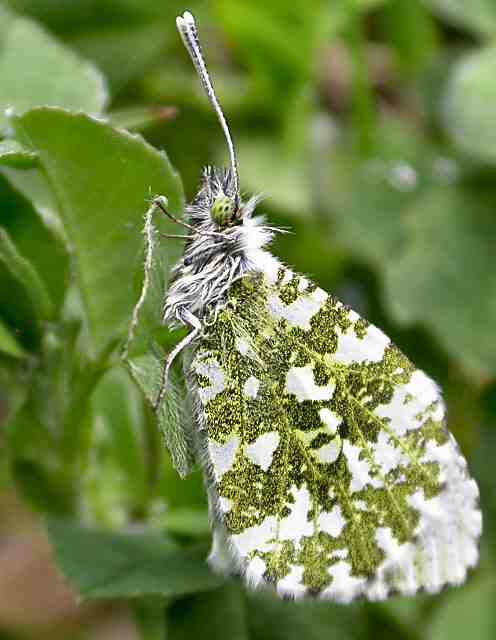
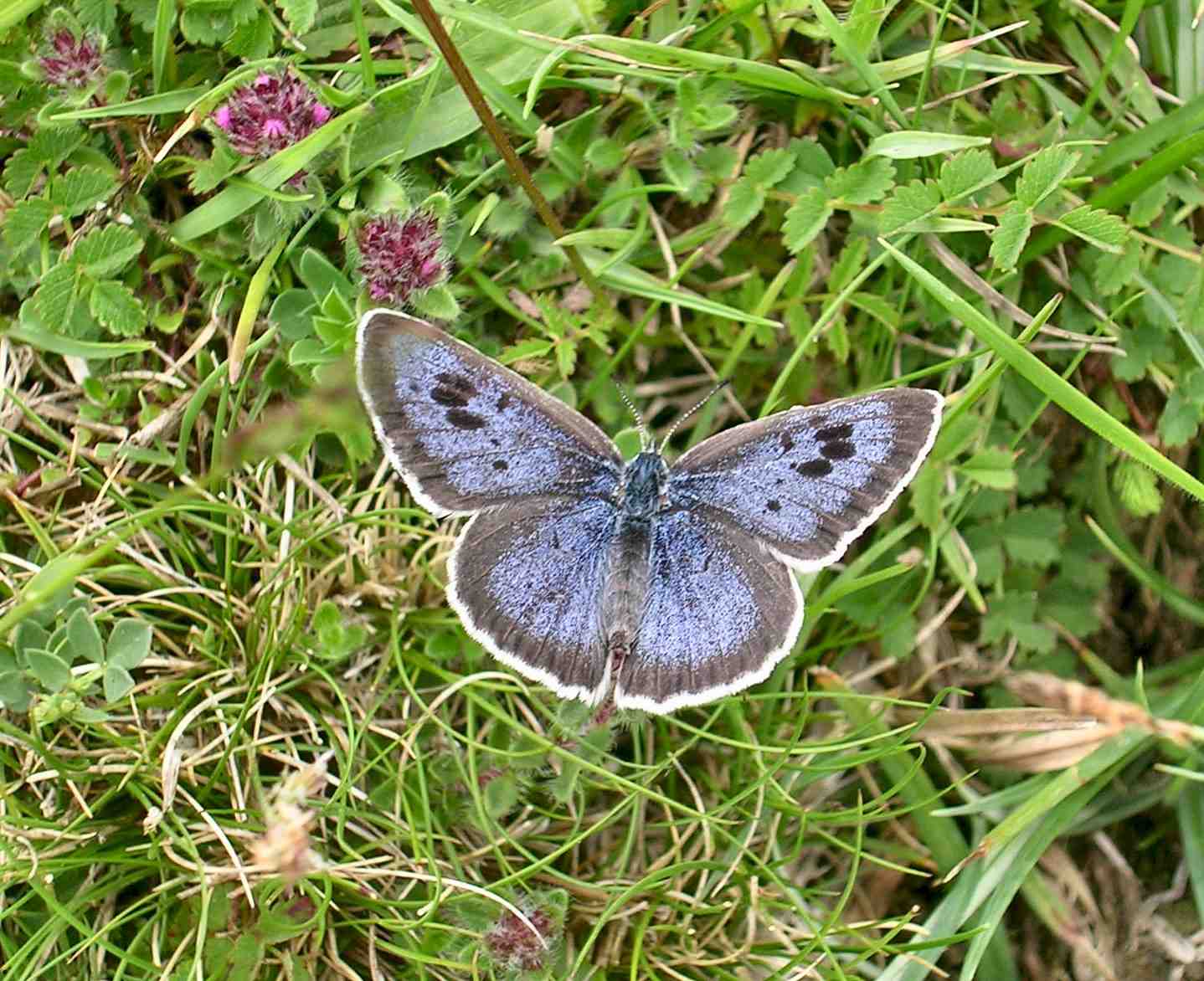
.jpg)
.jpg)
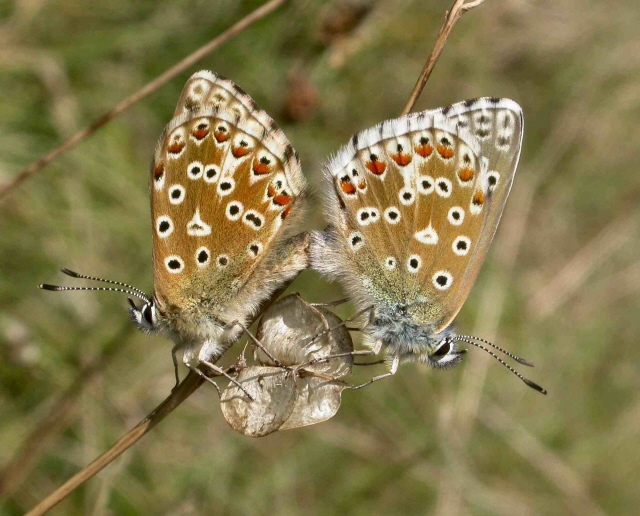
.jpg)
.jpg)
